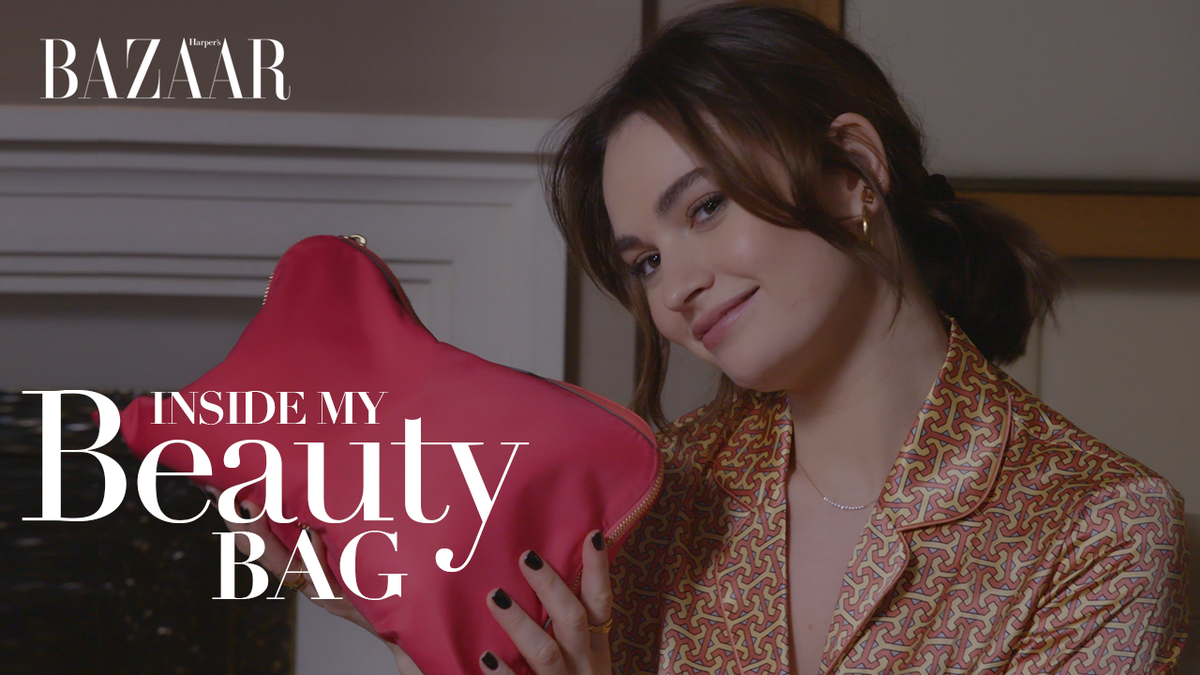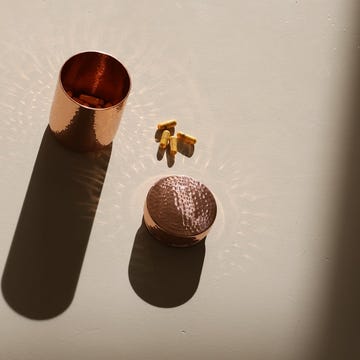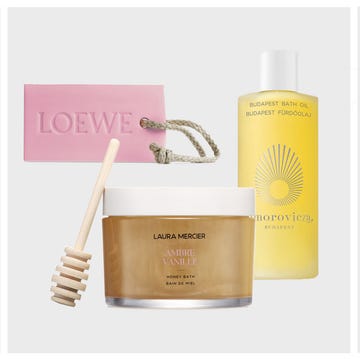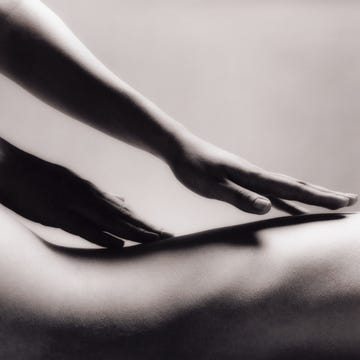As a music artist who advocates for clean beauty, I’m passionate about skin health. I wear SPF daily and enjoy the sun from the shade. Yet, like many, I once glorified its glow without a second thought.
We are solar-powered; the sun gives us life but within its golden rays lies a paradoxically dark side. According to data from Cancer Research UK, almost 9 out of 10 skin cancer cases in the UK are caused by overexposure to ultraviolet(UV) radiation from the sun and sun beds. This UV radiation damages the DNA in our skin cells, and this damage can build up over time and lead to skin cancer. With fair (type 2 on the Fitzpatrick scale) skin, I am cautious. Still, the years of youthful sun-chasing had caught up, and had a lesson to teach me.
On 31 December 2024 I was diagnosed with basal cell carcinoma (BCC), a non-melanoma skin cancer. It had been a tiny blemish above my right eyebrow — barely noticeable to the naked eye. Advanced skin analysis and aestheticians had reassured me that the blemish was nothing to worry about. A Visia scan recently assessed my skin age as 24 — younger than I am. To say my diagnosis was a shock is an understatement.
Before Christmas, I booked an appointment at the Montrose clinic to check some marks on my legs. They turned out to be harmless sunspots. While there, I mentioned a tiny 2mm mark above my right eyebrow, assuming it was just a blocked pore. My dermatologist, Dr Eirini Merika, examined it with her dermatoscope and took photographs. She asked me if I had ever used tanning beds or lived abroad.
My mind wandered back to my teenage years spent perfecting a golden glow — blissfully unaware that, one day, I would be tracking the consequences. She recommended a biopsy, which would also remove the growth, “to be on the safe side". I went to see a surgeon, Dr Jonathan Dunne, for the procedure.
Over Christmas, I convinced myself it was nothing — even Google suggested it was harmless; the mind sees what it wants when we are looking for reassurance. But on New Year’s Eve that illusion was shattered. My phone rang. My surgeon said the words I didn’t want to hear: "It's basal cell carcinoma. Infiltrative. A more aggressive subtype, but localised and [thankfully] very treatable.”
I assumed that BCCs could be treated with chemo cream or cryotherapy, but mine required a second excision. The uneasy dance between fear and acceptance began, and a deep protective instinct took over. As I prepared for surgery, I had a 'mole mapping' (see below) to check every other mark on my skin. It revealed no other concerns. My partner and I dove into research, balancing medical with holistic advice. I embraced wellness, cut out alcohol, and focused on whole foods, lymphatic drainage, and yoga.
When I confided in my yoga teacher, I was surprised to learn I was the fifth person in her classes — all in their twenties or thirties — to receive the same diagnosis in the last two months. Dr Dunne confirmed that skin cancers are on the rise among younger generations. When I asked why, he explained that, "while ozone layer depletion contributes to rising skin cancer diagnoses in the southern hemisphere, the global increase could be tied to this generation’s love for travel."
He added: "Despite growing awareness of the dangers of UV, sun bed use is still prevalent, and they are potentially more harmful than cigarettes for our skin."
My second excision was quick, leaving five stitches. Then, the call I’d been hoping for: "All clear". A sigh of relief and a new scar — something to now be treated with reverence.
What have I learned? Our skin tells stories for us to listen to. For me, beauty has been redefined as resilience. I’m grateful for healing. Now, I’m investing in something deeper: a promise to respect the skin I’m in, and pay it due diligence.
What the experts recommend to reduce the risk of skin cancer
- Dr Merika encourages self-checking. "Get to know your skin. Look for new or changing marks and moles — especially anything asymmetrical with irregular borders or multiple shades. If in doubt [or if a mark lingers for more than two months], get it checked out at your GP, or schedule an appointment with a dermatologist."
- "Annual mole-mapping using in-clinic gold-standard devices will track changes over time," advises Dr Dunne. "This is essential for early detection. Prevention is, of course, just as critical. Avoid sunbeds and apply SPF all year-round to prevent cumulative skin damage and reduce the risk of skin cancer."
- Clinics currently providing comprehensive mole-mapping (recommended annually) include the Montrose clinic, Neko Health and OneWelbeck, which all have state-of-the-art facilities.
- In addition, wearing broad spectrum SPF daily (mineral formulas have come on leaps and bounds if you avoid chemical sunscreens, so there's no excuse), staying out of the sun where possible, and — crucially — avoiding burning at all costs, are universally advised by skin specialists.














